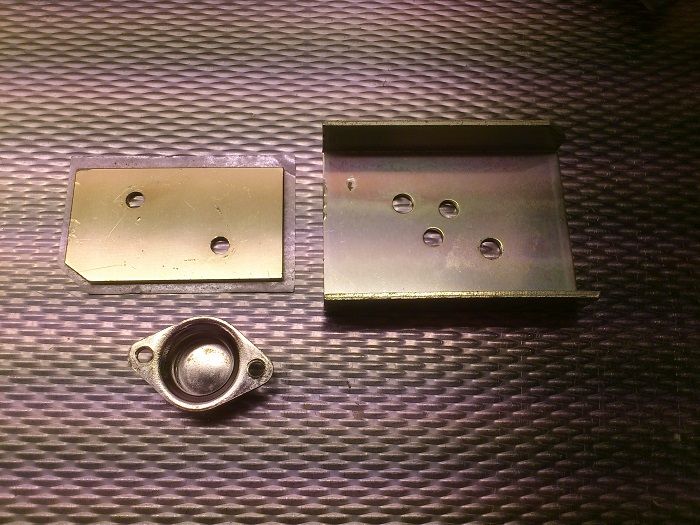I have wanted to do a HEI conversion for my Dart for a while. But since I dont like the look of the GM HEI and had a bad Mopar ECU lying, I came to the conclusion to combine them both after reading a post where trailbeast done the same.
I used a heat gun and screwdriver to remove the black crap on the backside of the ECU. I cleaned the four pin holes from tin/lead. I used color matching wires to make it easy to hook up the HEI module then soldered the wires on the right pin to work with the Mopar ignition wiring. Then covered the joints with some shrink tube. Going to bypass the ballast with a wire. So if the HEI fails can I always just connect a Mopar ECU and remove the ballast bypass.
I have ordered a Pertronix D2000 HEI module. I hope this module will work great. I'm going to mount the HEI module on a bracket that I will make in aluminum that will look like the Mopar ECU mounting bracket shown in the last picture. I hope this bracket will help cooling of the HEI module and at same time goes hand in hand with stock appearence. Going to screw the ECU casing over the HEI module. I think/hope this will turn out great and look like factory. Going to use a Pertronix 45111 epoxy filled canister coil for the look too.
Will update soon. Thanks FABO
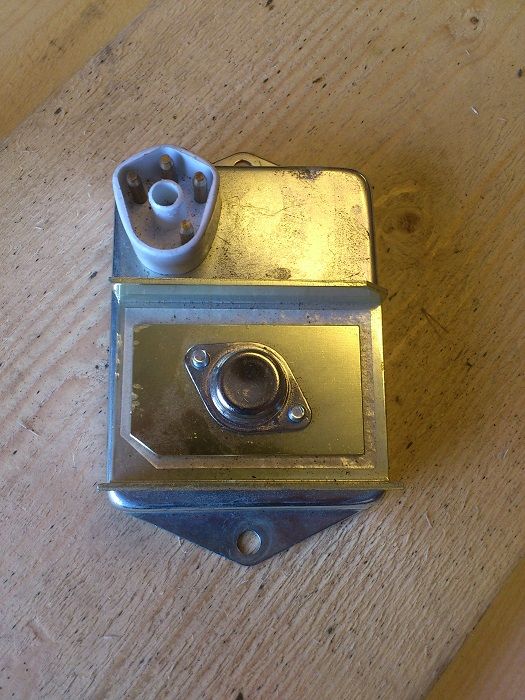
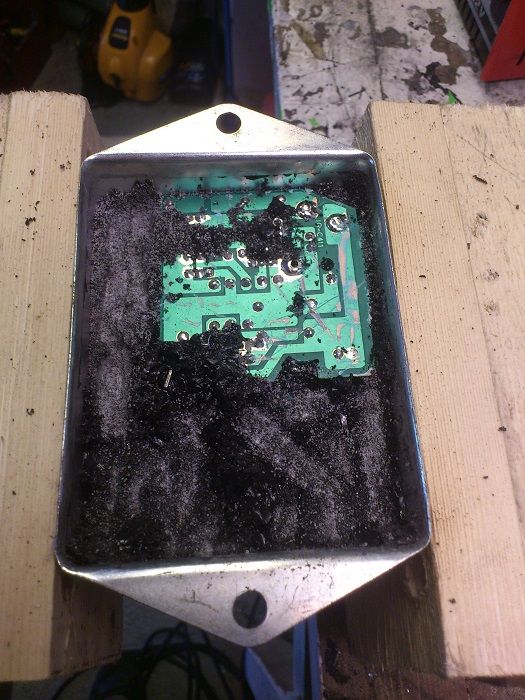
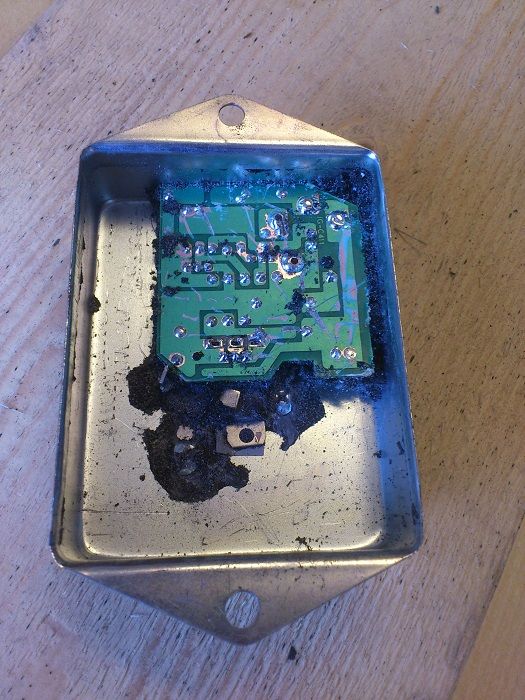

After I removed the screws to remove the ground strap or whatever it was I found out that this made in Taiwan or China ECU have a fake transistor. I guess the fake transistor is just for the look sake.

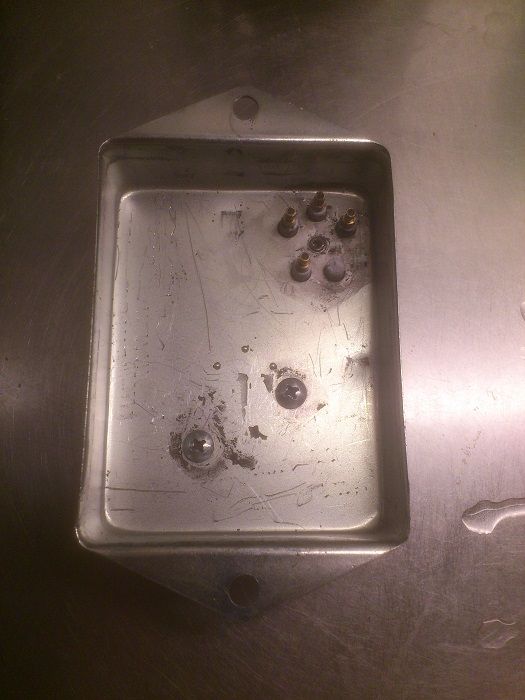
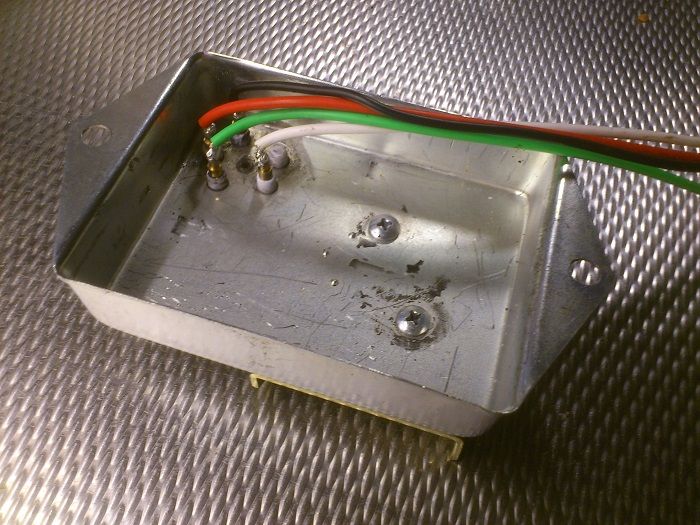


I used a heat gun and screwdriver to remove the black crap on the backside of the ECU. I cleaned the four pin holes from tin/lead. I used color matching wires to make it easy to hook up the HEI module then soldered the wires on the right pin to work with the Mopar ignition wiring. Then covered the joints with some shrink tube. Going to bypass the ballast with a wire. So if the HEI fails can I always just connect a Mopar ECU and remove the ballast bypass.
I have ordered a Pertronix D2000 HEI module. I hope this module will work great. I'm going to mount the HEI module on a bracket that I will make in aluminum that will look like the Mopar ECU mounting bracket shown in the last picture. I hope this bracket will help cooling of the HEI module and at same time goes hand in hand with stock appearence. Going to screw the ECU casing over the HEI module. I think/hope this will turn out great and look like factory. Going to use a Pertronix 45111 epoxy filled canister coil for the look too.
Will update soon. Thanks FABO




After I removed the screws to remove the ground strap or whatever it was I found out that this made in Taiwan or China ECU have a fake transistor. I guess the fake transistor is just for the look sake.






